In a country where economic inequality reigns and labor rights are under constant attack, the idea of a general strike can ignite a spark of hope. Yet, the harsh reality is that it may require around 12 million people to mobilize for such a drastic action to effect any change. According to research on the 3.5% rule, a mere fraction of the population can shift the balance of power. But can we realistically expect that level of solidarity in the United States today?
The Historical Context of Strikes
Strikes have a storied history in the U.S., often seen as a last resort for workers facing oppression in the workplace. From the Gdańsk Shipyard strikes in Poland to the tumultuous labor movements during the Industrial Revolution, collective action has historically been a powerful tool for change. In the U.S., however, the Taft-Hartley Act of 1947 has essentially criminalized general strikes, creating a legal framework that suppresses workers" rights and further complicating the notion of organizing for mass action. This act prohibits various forms of collective action, including solidarity and political strikes, which are essential for any general strike movement.
Barriers to a General Strike
Despite the historical significance of strikes, the barriers to a successful general strike in the U.S. are overwhelming. Problem #1 is the economic reality that many Americans live paycheck to paycheck. Asking someone to forgo their income for the sake of a strike is asking for a monumental sacrifice. As reported by experts, without a safety net or resources, many workers simply cannot afford to strike.
Problem #2 revolves around the prevalence of scabs and strikebreakers, particularly in right-to-work states where union membership is already weak. This makes it easy for corporations to replace strikers, as seen in the aftermath of the PATCO strike during the Reagan administration. Problem #3 highlights the fractured state of labor solidarity itself. With less than 10% of workers belonging to a union, the collective power that once characterized the labor movement has significantly diminished.
\n\n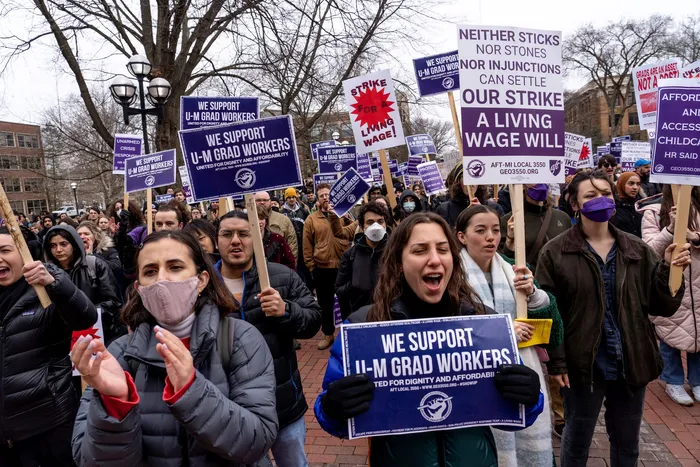
Labor actions across US as unions seek better conditions for ...
Lessons from Successful Strikes
Yet, not all hope is lost. The Red for Ed movement in 2018-19 serves as a testament to the potential of organized labor. This movement"s success hinged on several crucial factors: overwhelming solidarity among teachers, robust public support from parents and communities, and strategic planning that identified key leverage points. Timing was also critical; striking just before testing season ensured that parents were more likely to support the teachers’ demands for better pay and funding.
However, conditions for a general strike are vastly different today. The need for unanimous solidarity is paramount, yet the divisions among labor factions and the prevalence of anti-union sentiment make this increasingly difficult. The question remains: can we galvanize a movement that aligns various sectors of the workforce towards a common cause?
The Scale of Repression
The potential for repression further complicates the feasibility of a general strike. Historical precedents show that corporations and governments alike will not hesitate to deploy drastic measures to quash dissent. The Musk/Trump regime, as highlighted in various analyses, represents a level of corporate control and governmental repression that could deter any attempt at mass mobilization.
Activists must also consider the ramifications of calling for such an action. As seen in past movements, leaders who advocate for a general strike risk damaging their credibility and standing in their communities. The labor movement"s history has not only created a legacy of resistance but also a profound fear of the repercussions that come with collective action.
\n\n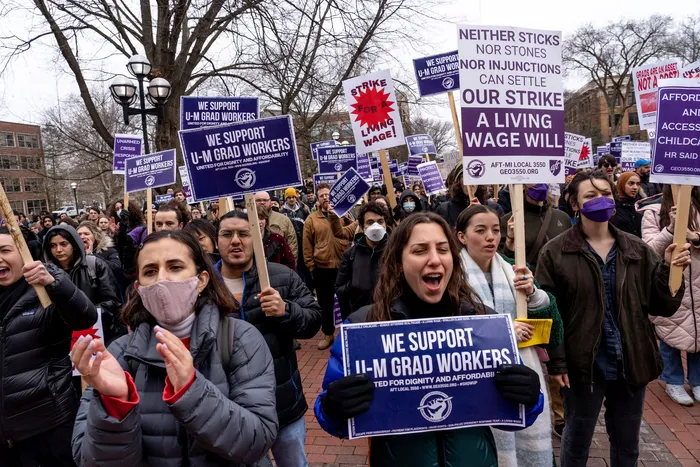
Labor actions across US as unions seek better conditions for ...
Future of Labor Movements
The grim reality is that a general strike may remain an unattainable dream in the U.S. for the foreseeable future. The amount of organizing required is staggering, with a need for a charismatic leader who can unite a fractured labor movement. The absence of such a leader today further underscores the challenges faced by those advocating for workers" rights. As we continue to grapple with climate change, economic inequality, and social injustice, we must question whether the labor movement can reclaim its power and find a way to elevate the voices of those who are most marginalized.
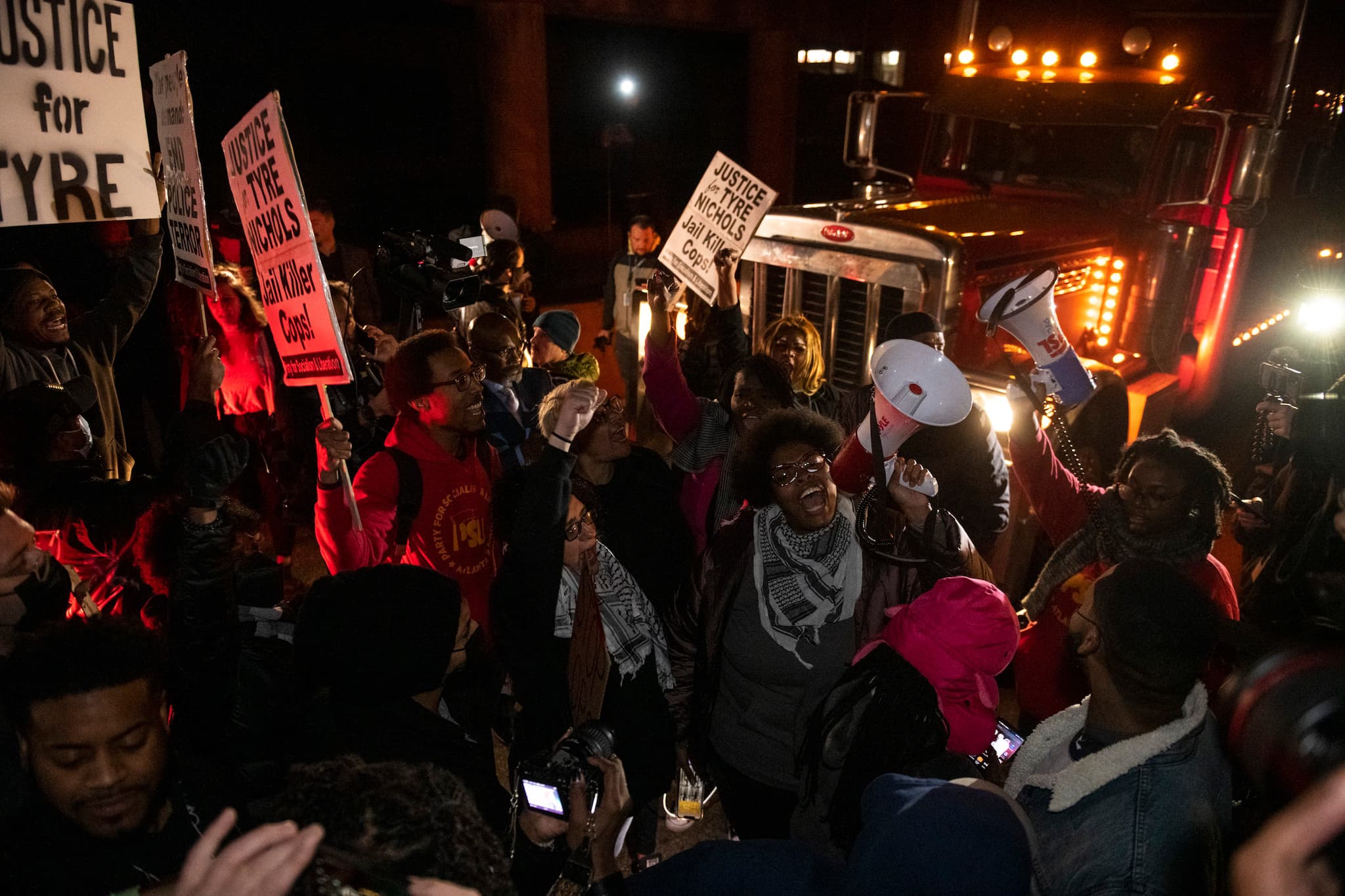


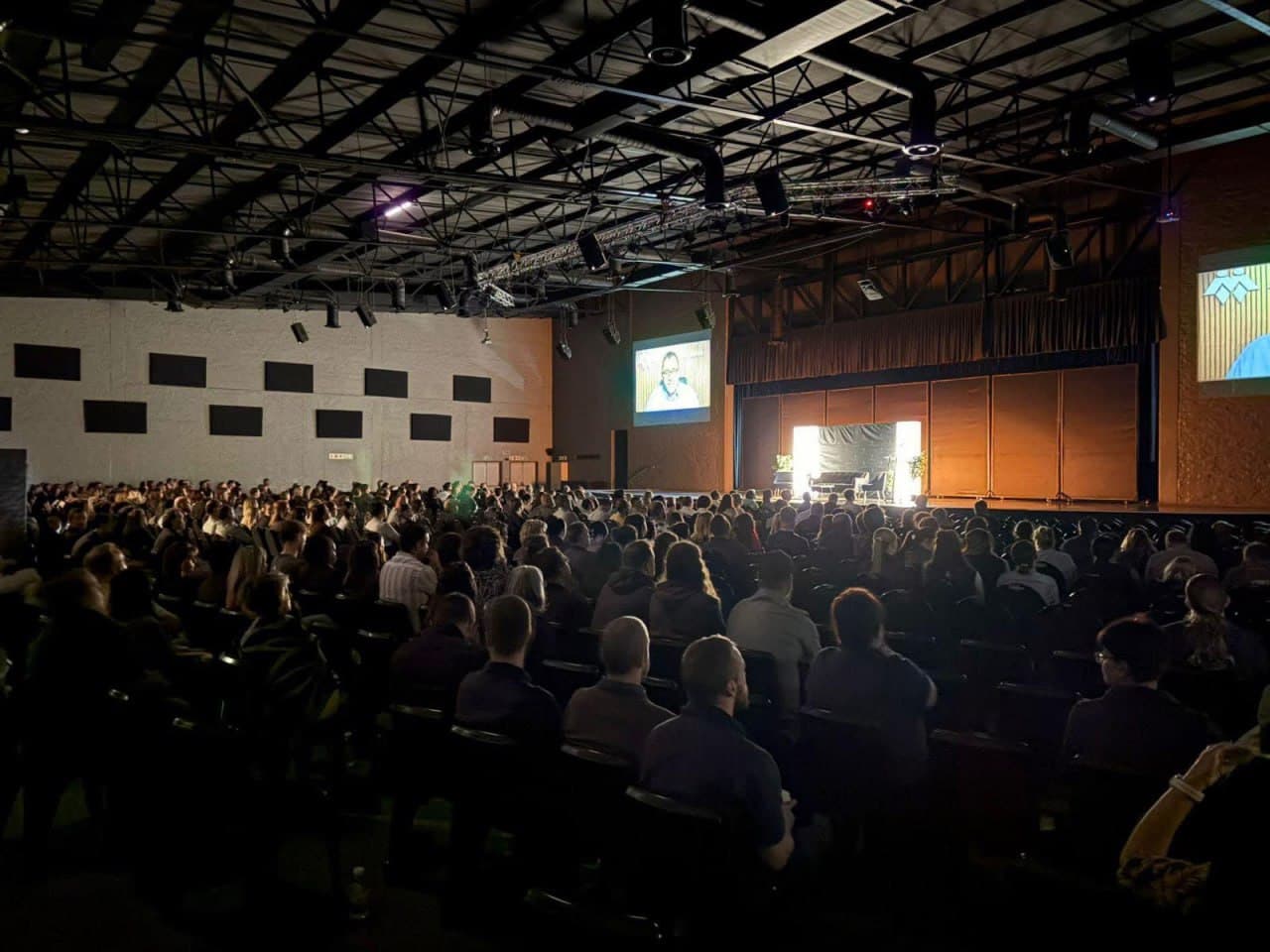


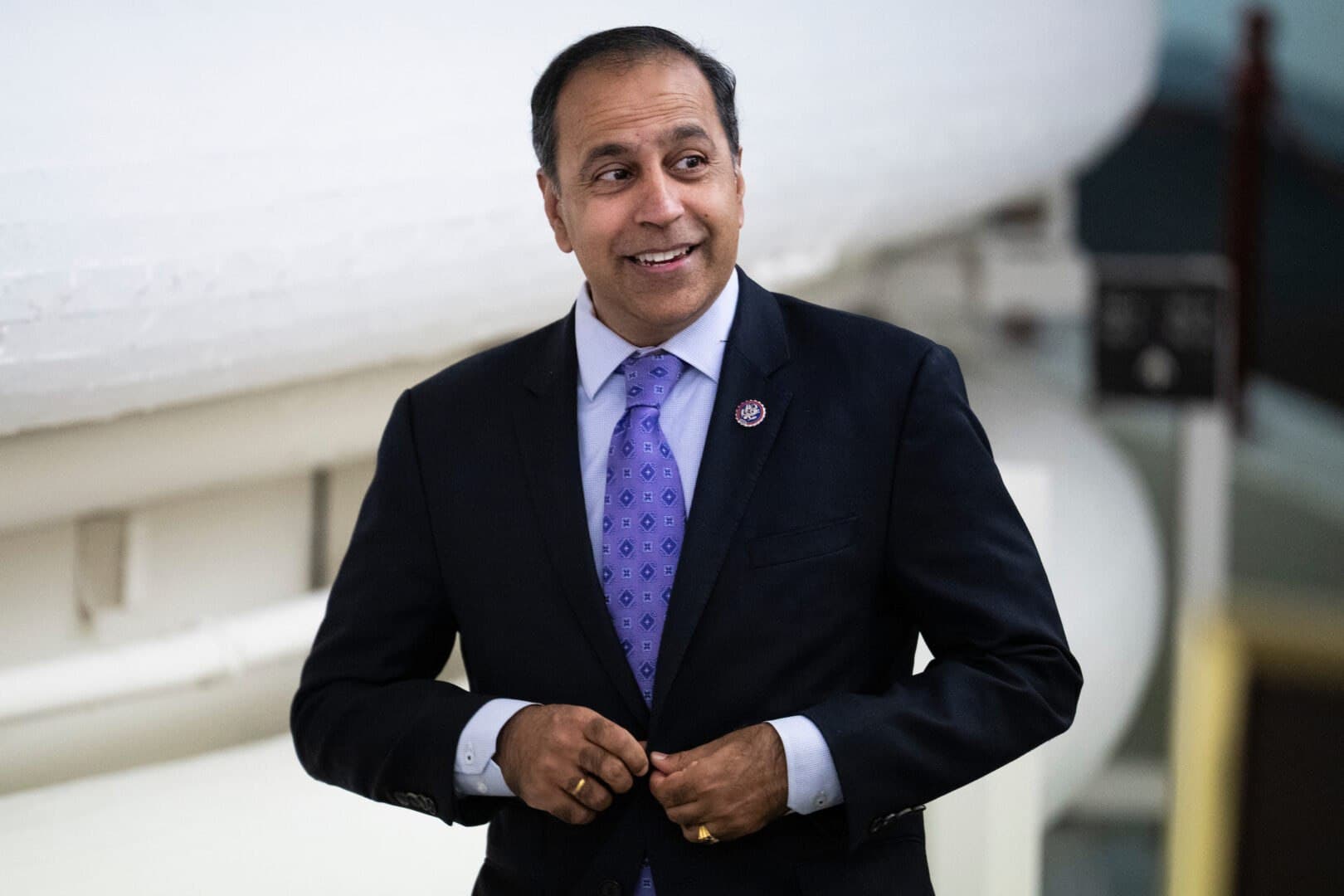

![[Video] More videos of ANTIFA activities emerge in Giessen](/_next/image?url=%2Fapi%2Fimage%2Fthumbnails%2Fthumbnail-1764454862523-wtbpg5-thumbnail.jpg&w=3840&q=75)